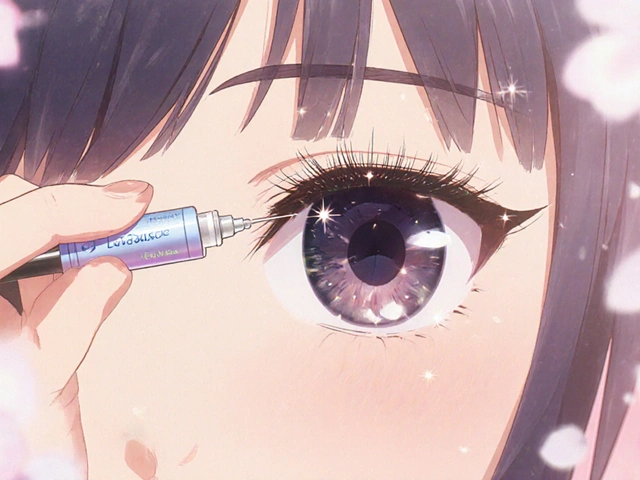Berberine Source: What It Is and Where to Find It
If you’ve heard about berberine’s blood‑sugar benefits, you’re probably wondering where it actually comes from. The truth is simple: berberine is a plant alkaloid found in a handful of herbs that have been used for centuries. The most common sources are goldenseal, barberry, Oregon grape, and Chinese goldthread. These plants contain the highest concentrations, so you’ll see them listed on supplement labels.
Getting Berberine from Food and Herbs
While you can technically chew on fresh barberry berries or steep goldenseal roots into tea, the amounts of berberine are tiny compared to a pill. Most people who want a therapeutic dose rely on extracts. If you prefer whole‑herb options, look for dried powders that can be added to smoothies or capsules that list the exact herb name. Remember, the raw herb taste can be bitter, so many prefer a capsule.
Choosing a Quality Berberine Supplement
When you shop online or in a store, check three things: the berberine content per capsule (usually 300‑500 mg), a third‑party test report, and the type of extract used. “Standardized to 5% berberine” is a good sign—it means you know how much active compound you’re getting. Avoid products that hide behind vague “herbal blend” claims; you want a clear label.
Price matters, but cheap doesn’t always mean bad. Compare the cost per milligram of berberine. A $15 bottle of 60 capsules with 500 mg each is a better deal than a $30 bottle with 250 mg. Shipping from reputable pharmacies or health stores in the US, UK, or EU usually guarantees proper storage.
Safety is key. Berberine can interact with blood‑sugar meds, antibiotics, and some cholesterol drugs. Start with a low dose—usually 500 mg once a day—watch how you feel, then gradually increase to 1500 mg split across meals if needed. Taking it with food reduces stomach upset, a common side effect.
People with liver issues or pregnant women should talk to a doctor before using berberine. It’s not a magic cure, but when paired with a balanced diet and regular exercise, it can help keep glucose levels steadier.
If you want to buy berberine, stick to well‑known brands that publish batch test results and have good reviews. Websites that require a prescription or offer unbelievably low prices are red flags. Look for certifications like GMP (Good Manufacturing Practice) and see if the company offers a money‑back guarantee.
In short, the best berberine sources are the classic herbs—goldenseal, barberry, Oregon grape, and Chinese goldthread—and high‑quality standardized supplements. Choose a product with clear labeling, test reports, and a fair price. Start low, monitor how you feel, and always check with a healthcare professional if you’re on other meds. That way you get the benefits of berberine without the guesswork.
September 22, 2025
Alyssa Penford
10 Comments
Discover how Phellodendron, a plant‑based supplement rich in berberine, supports gut health, inflammation control, and blood sugar balance. Learn benefits, dosage, safety, and how it stacks up against other natural boosters.





